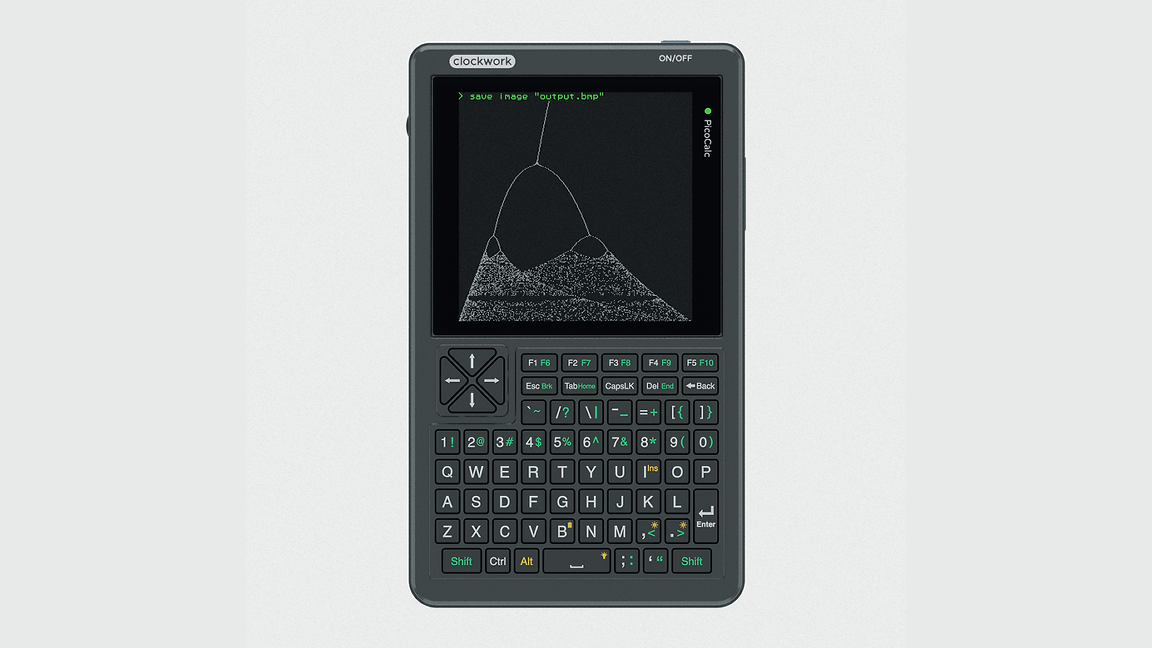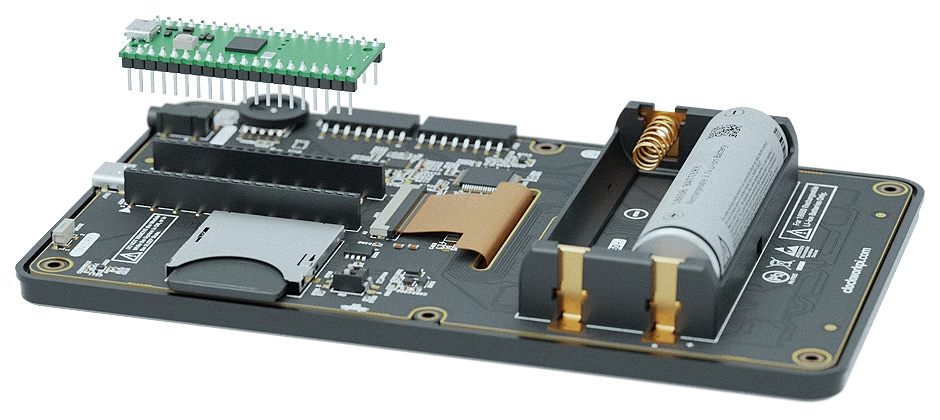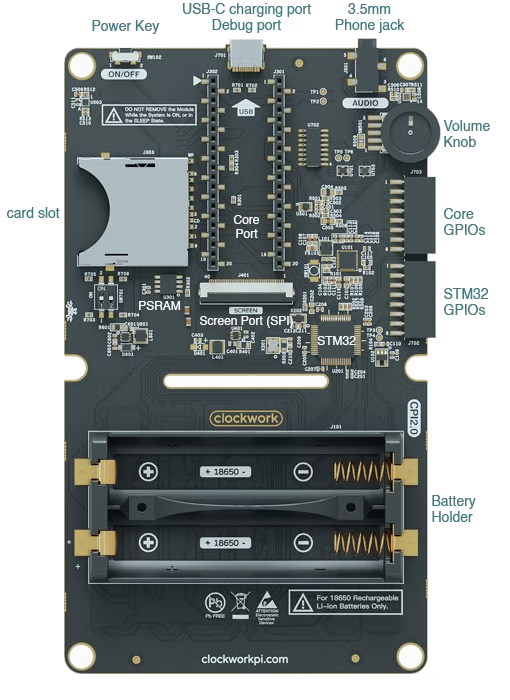Building aRaspberry Piproject from scratch is always a satisfying experience and one of the best ways to scratch that itch is to invest in an all-in-one kit. Today we’ve got a really cool one to share with you from ClockworkPi known as thePicoCalc kit. It uses our favorite microcontroller, theRaspberry Pi Picoto drive a gorgeous calculator.
This calculator offers much more than the ability to handle advanced mathematical calculations (but it does that really well). It supports the ability for you to code programs from the ground up using and range of languages such as Python, Lua, Rust, GoLang, C and even BASIC. I think we all used to tinker with graphing calculators back in the day but this is taking the idea to a new extreme. You can play games and even listen to MP3 files with the PicoCalc. This level of depth isn’t too surprising given ClockworkPis track record of products. In the past, we’ve covered itsuConsolewhich made waves in the maker community when it was released.

ClockworkPi refers to the PicoCalc as not just a calculator but a “cost-effective MCU platform”. It aims to provide a capable mobile device that can aid in the development of other projects, function as an IoT device and even serve as a teaching platform thanks to its GPIO expansion ports which let you add additional hardware.
The kit includes everything you need to create the project. You get a beautiful PCB referred to as the ClockworkPi v2.0 along with a Raspberry Pi Pico H which comes with headers attached. You can replace the Pico H with aRaspberry Pi Pico 2or 2W, giving you a little more CPU power. Because you can’t upgrade the RAM on the Pico, ClockworkPi has elected to add 8MB of PSRAM to the custom PCB. PSRAM isn’t as fast as the onboard RAM, but it is plenty fast for this project.Picocalc features a 4-inch IPS display that has a resolution of 320 x 320px and connects via SPI. You also get a full, rubber QWERTY keyboard to use for input. It has two speakers foraudiooutput, as well. For a professional finish, you get a nice ABS shell along with a tempered glass cover.

The kit costs a total of $75 and includes all of the components we mentioned above. We also explained that the device is intended to be mobile but you may notice we didn’t mention how it’s powered. The unit requires one 18650 battery, but there is space for two cells which are not included. You will need to purchase those separately to power the PicoCalc.
The project files, schematics and design materials are released under a GPL v3 license viaGitHub.

If you want to get a closer look at thisRaspberry Pi project, head over to theClockworkPi websitefor more details and purchase options.
Get Tom’s Hardware’s best news and in-depth reviews, straight to your inbox.

Ash Hill is a contributing writer for Tom’s Hardware with a wealth of experience in the hobby electronics, 3D printing and PCs. She manages the Pi projects of the month and much of our daily Raspberry Pi reporting while also finding the best coupons and deals on all tech.
